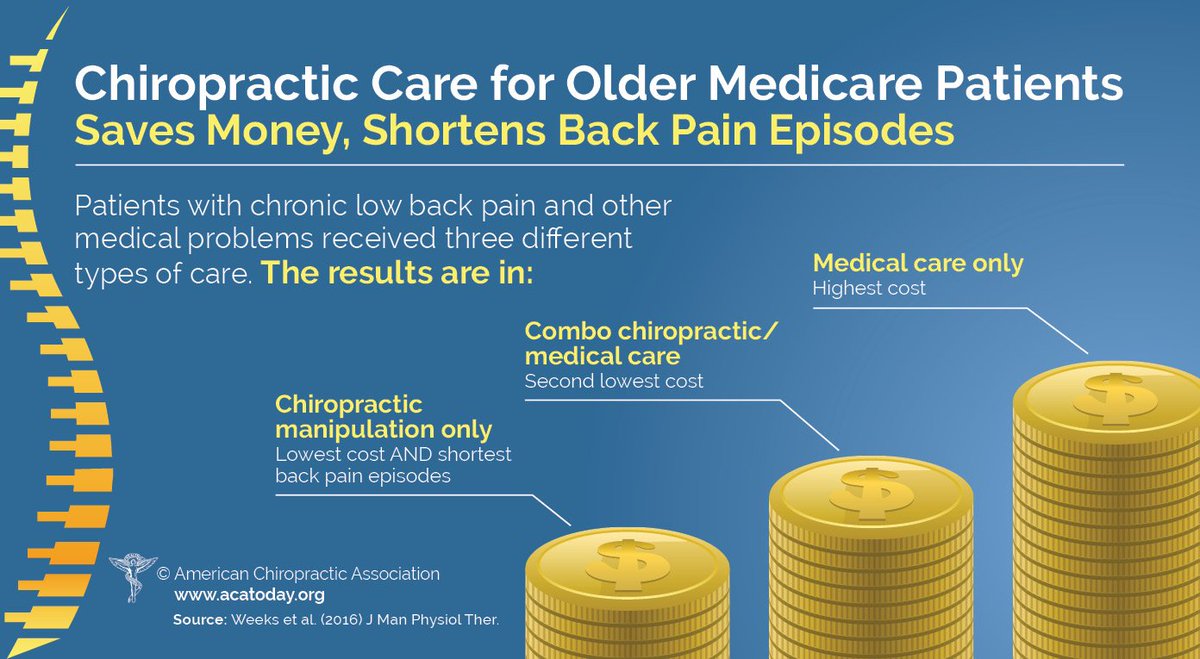A Comprehensive Evaluation Of Cold Laser Therapy: Unraveling Its Systems And Impact
A Comprehensive Evaluation Of Cold Laser Therapy: Unraveling Its Systems And Impact
Blog Article
Short Article By-Krog Pedersen
You may have become aware of cold laser therapy as an appealing treatment alternative for different conditions, yet have you ever questioned just how it actually deals with a cellular degree? Recognizing laser stop vaping behind this treatment can shed light on its performance in advertising healing and decreasing swelling. By discovering the scientific research behind cold laser therapy, you'll obtain insights into the interesting methods which light can influence cellular processes and help with cells repair.
Just How Cold Laser Therapy Works
To comprehend exactly how cold laser therapy works, you need to understand the fundamental concepts of just how light energy communicates with biological tissues. Cold laser treatment, also referred to as low-level laser treatment (LLLT), makes use of specific wavelengths of light to permeate the skin and target hidden tissues. Unlike the extreme lasers utilized in surgical procedures, cold lasers produce low degrees of light that don't generate warmth or create damage to the cells.
When these mild light waves get to the cells, they're taken in by components called chromophores, such as cytochrome c oxidase in mitochondria. This absorption causes a series of biological actions, consisting of raised mobile power production and the launch of nitric oxide, which enhances blood circulation and decreases swelling.
Moreover, the light power can also stimulate the manufacturing of adenosine triphosphate (ATP), the power money of cells, helping in cellular fixing and regrowth procedures.
Fundamentally, cold laser therapy takes advantage of the power of light power to promote healing and minimize pain in a non-invasive and gentle fashion.
Devices of Action
Just how does cold laser therapy really function to generate its healing results on organic tissues?
Cold laser treatment, likewise referred to as low-level laser therapy (LLLT), runs via a procedure known as photobiomodulation. When the cold laser is put on the skin, the light power permeates the tissues and is absorbed by chromophores within the cells.
These chromophores, such as cytochrome c oxidase in the mitochondria, are then promoted by the light energy, bring about a cascade of biological reactions. One essential system of action is the enhancement of cellular metabolic process.
The absorbed light power enhances ATP manufacturing in the mitochondria, which is crucial for mobile function and fixing. Additionally, cold laser treatment assists to lower swelling by preventing inflammatory conciliators and advertising the release of anti-inflammatory cytokines.
This anti-inflammatory effect contributes to discomfort relief and tissue recovery.
Healing Results
Recognizing the therapeutic impacts of cold laser treatment involves identifying how the boosted mobile metabolism and anti-inflammatory residential or commercial properties contribute to its favorable end results on biological cells.
When the cold laser is related to the afflicted location, it boosts the mitochondria within the cells, leading to raised production of adenosine triphosphate (ATP), which is critical for mobile function and fixing. This boost in cellular energy speeds up the healing process by promoting cells regrowth and decreasing inflammation.
In addition, the anti-inflammatory residential properties of cold laser treatment aid to reduce pain and swelling in the targeted location. By hindering inflammatory arbitrators and promoting the launch of anti-inflammatory cytokines, cold laser therapy help in reducing pain and improving the general recovery response.
before and after stress in swelling not just provides immediate alleviation yet also sustains long-term tissue repair.
Verdict
In conclusion, cold laser treatment works by boosting cellular repair and cells regrowth through photobiomodulation. Its anti-inflammatory residential properties supply pain alleviation and lower swelling by hindering inflammatory arbitrators.
This treatment uses a comprehensive strategy to recovery, delivering both instant alleviation and long-term tissue repair advantages.
Via its mechanisms of action, cold laser therapy shows to be an effective and encouraging treatment alternative for a selection of problems.
